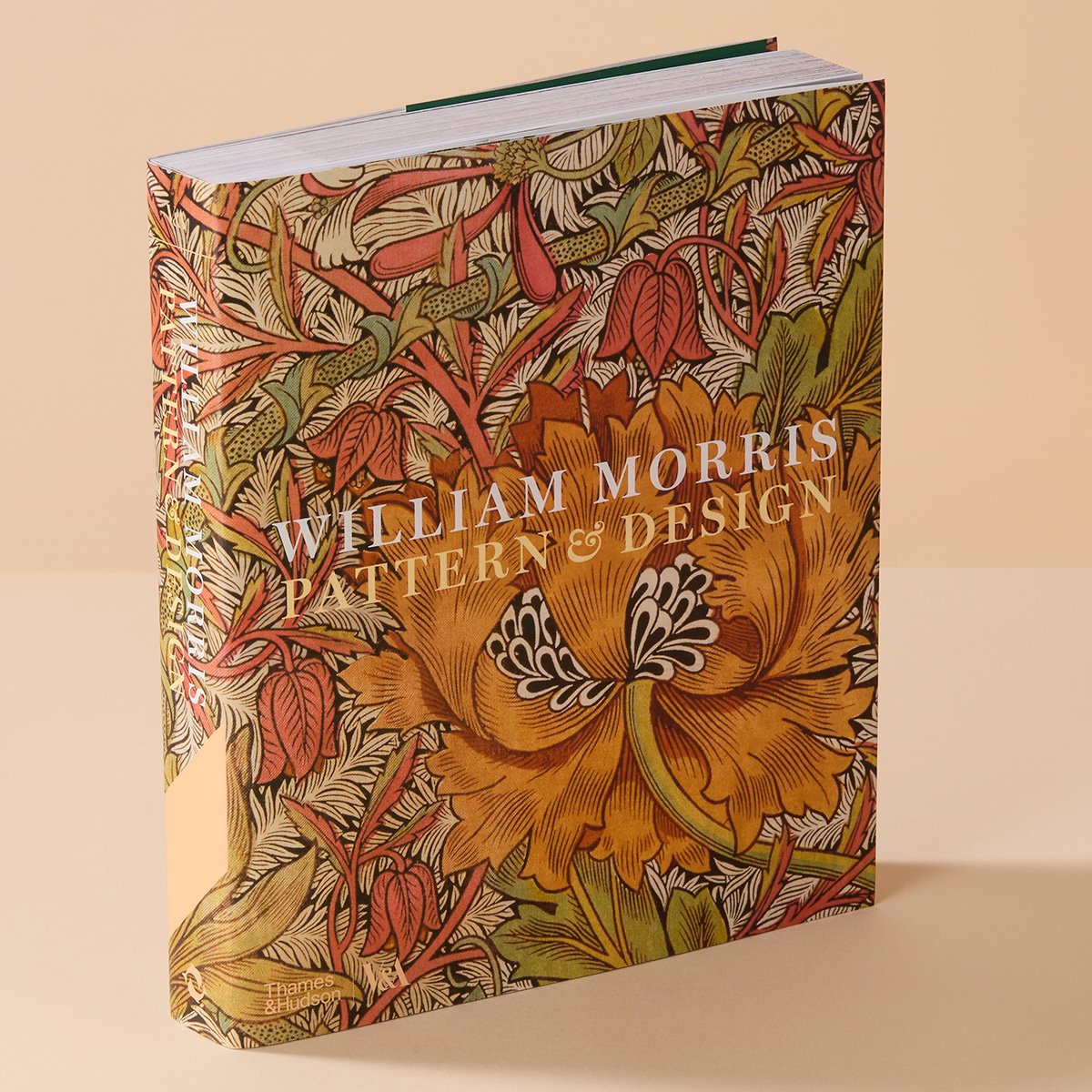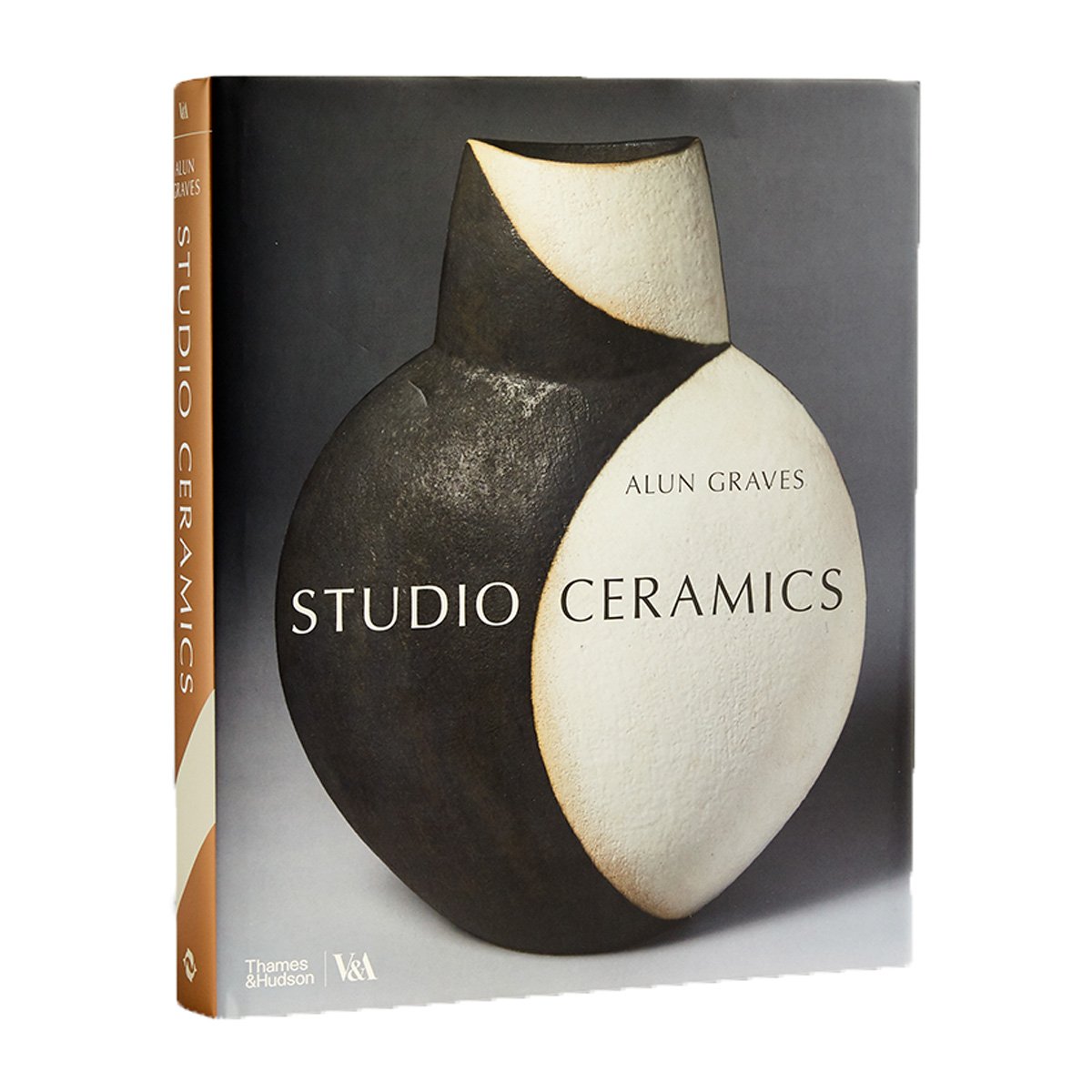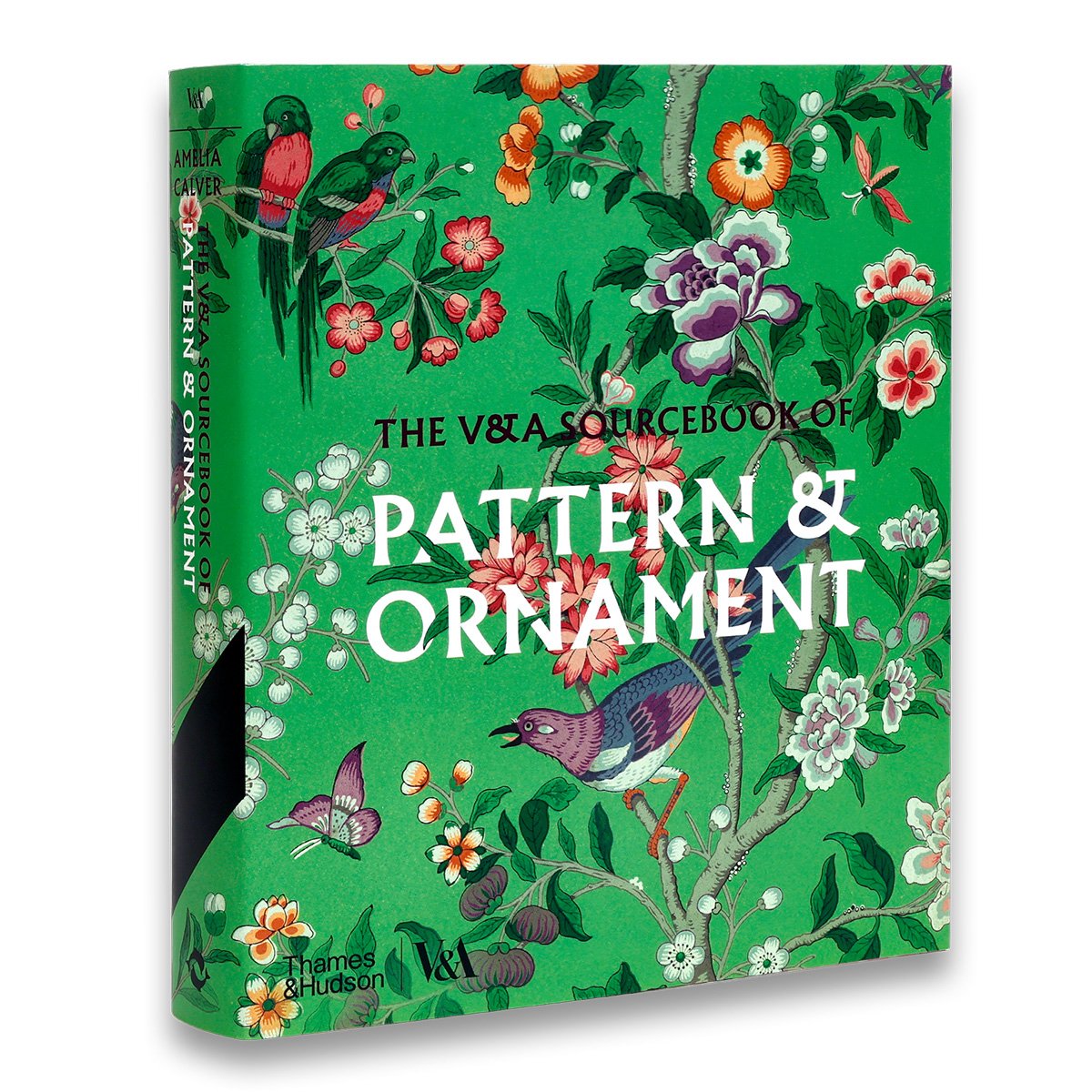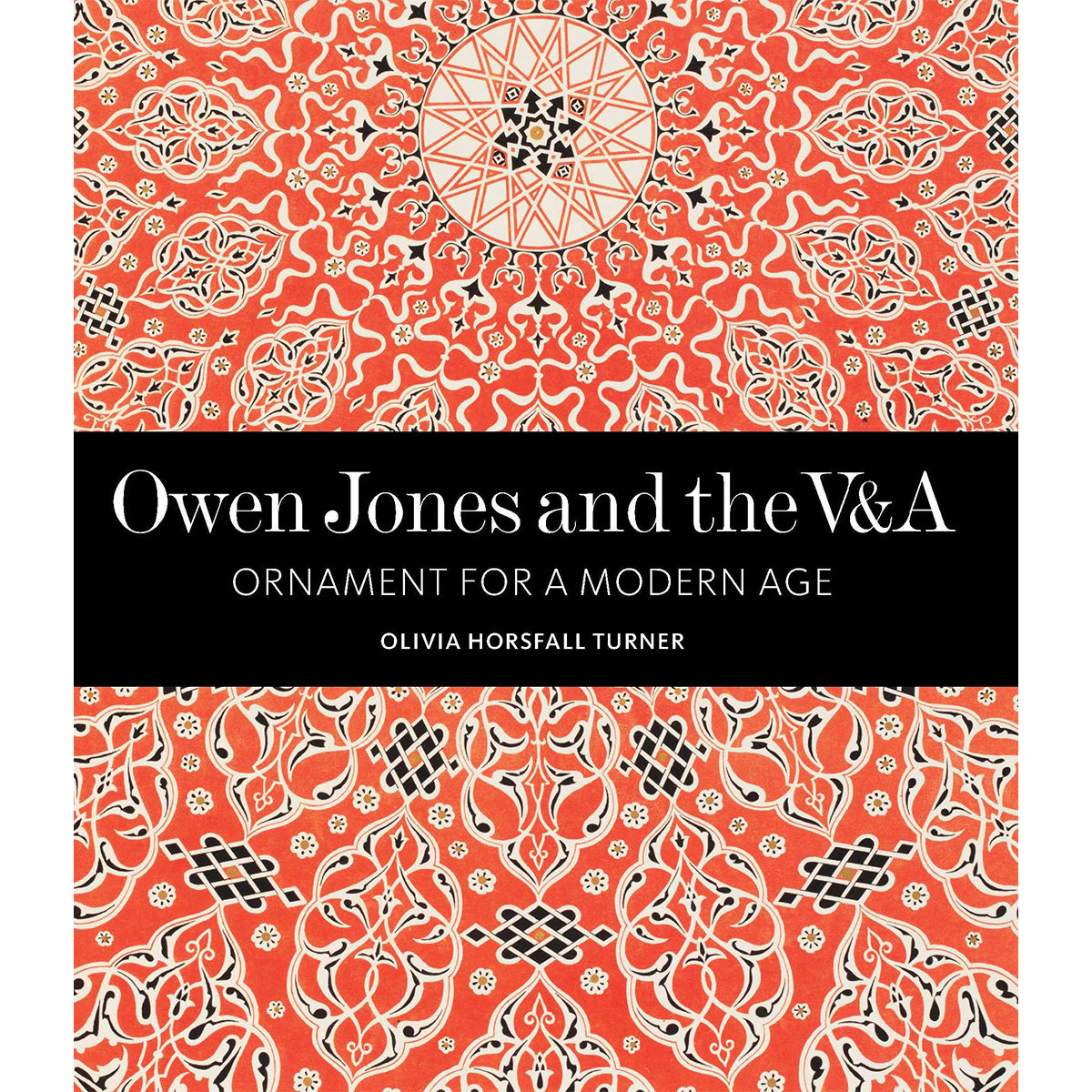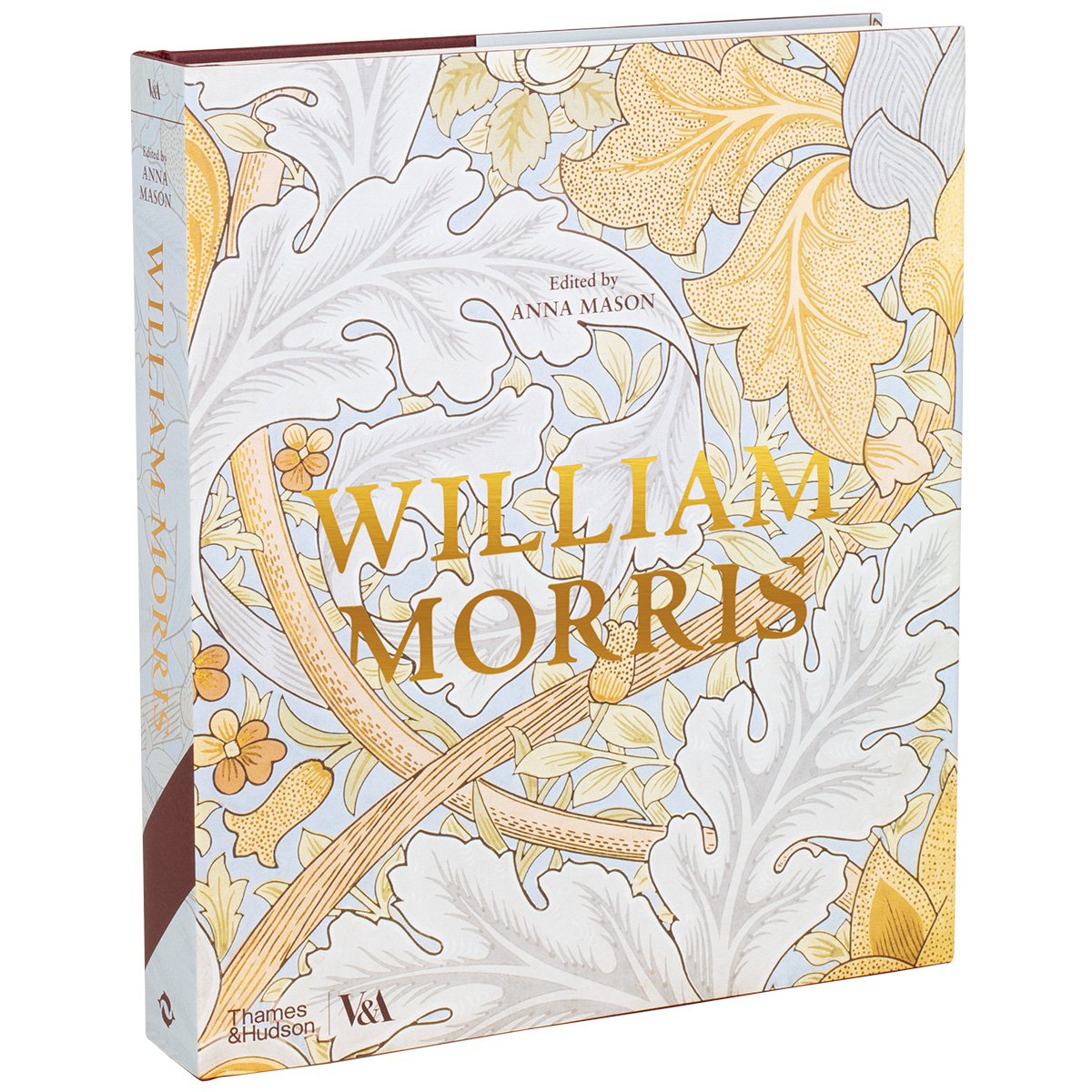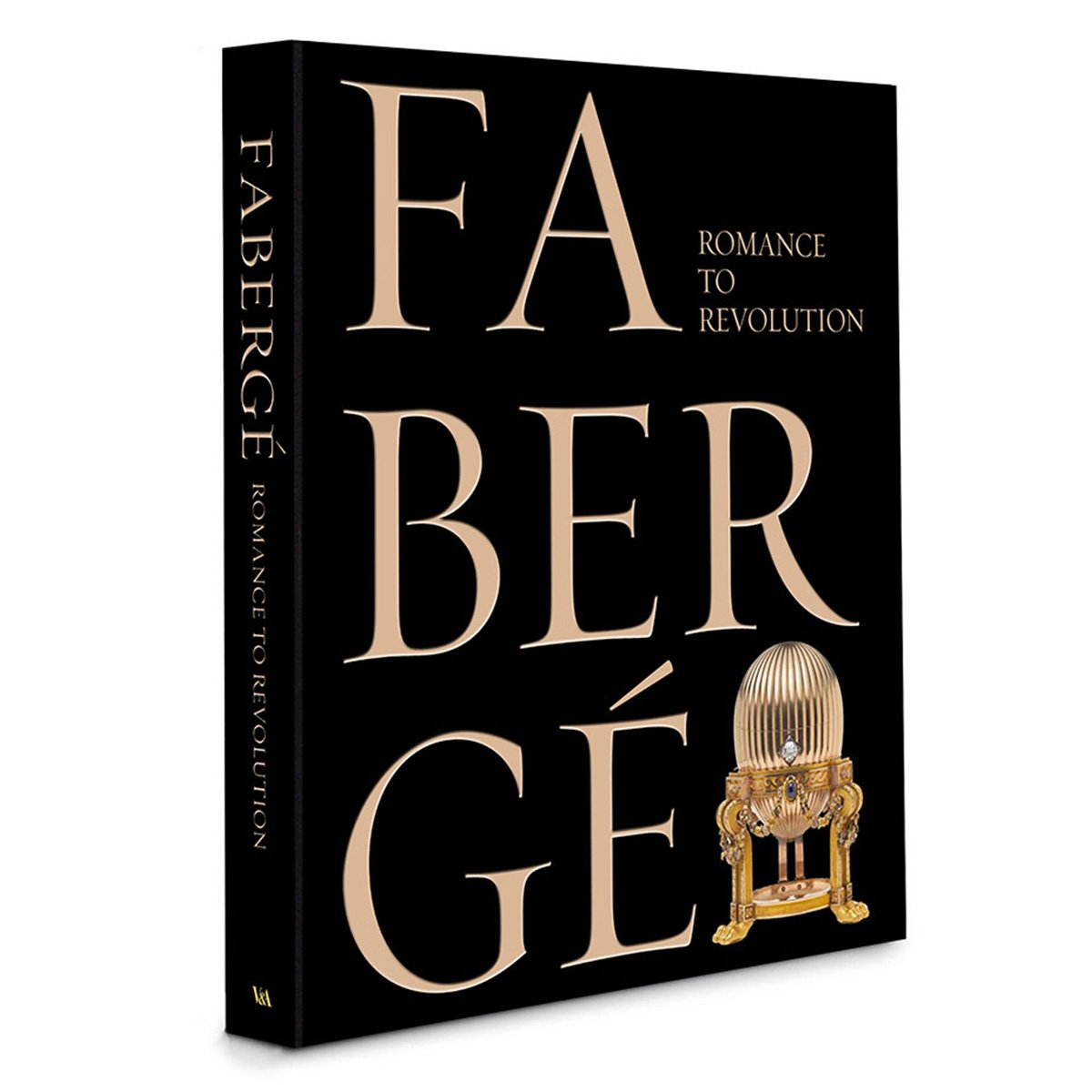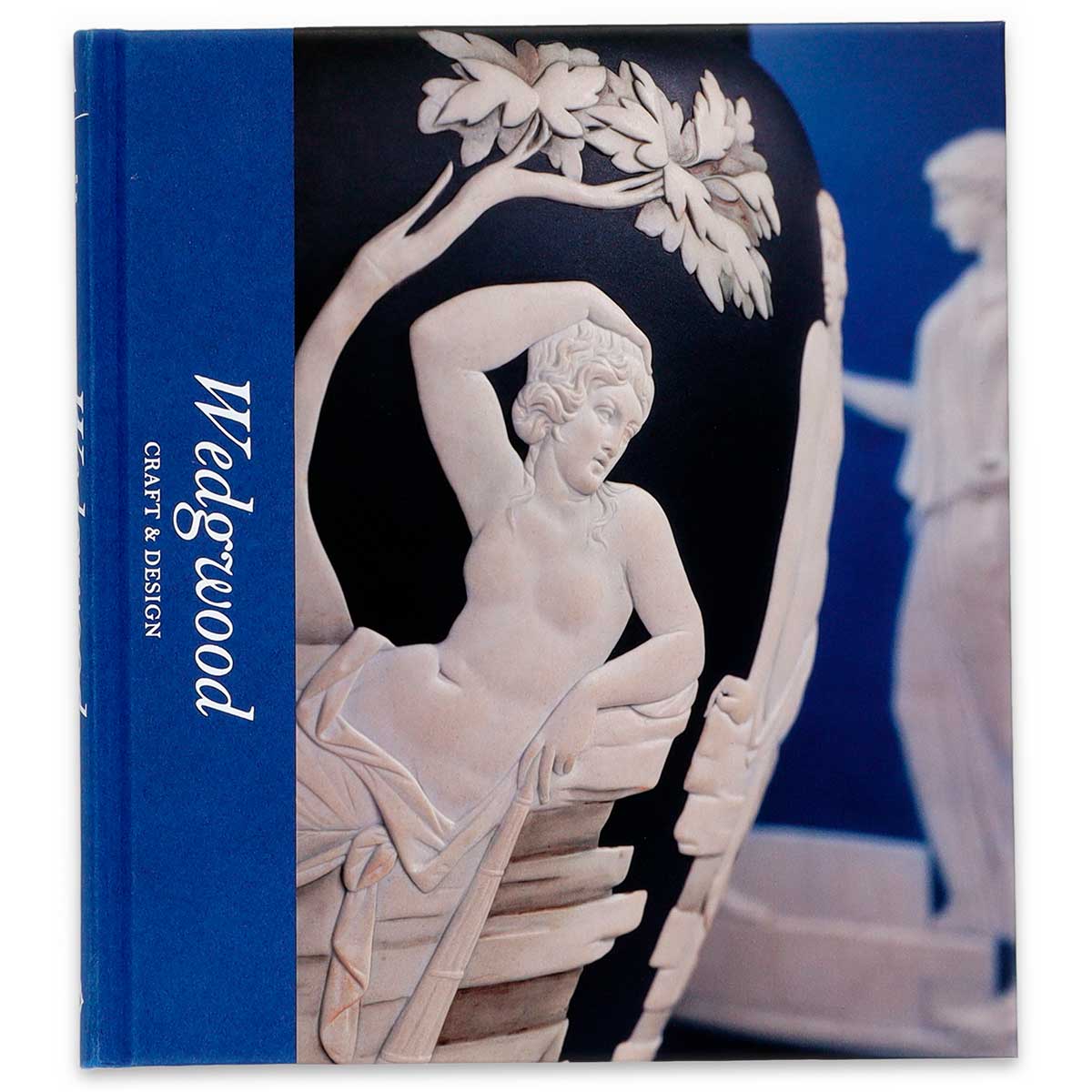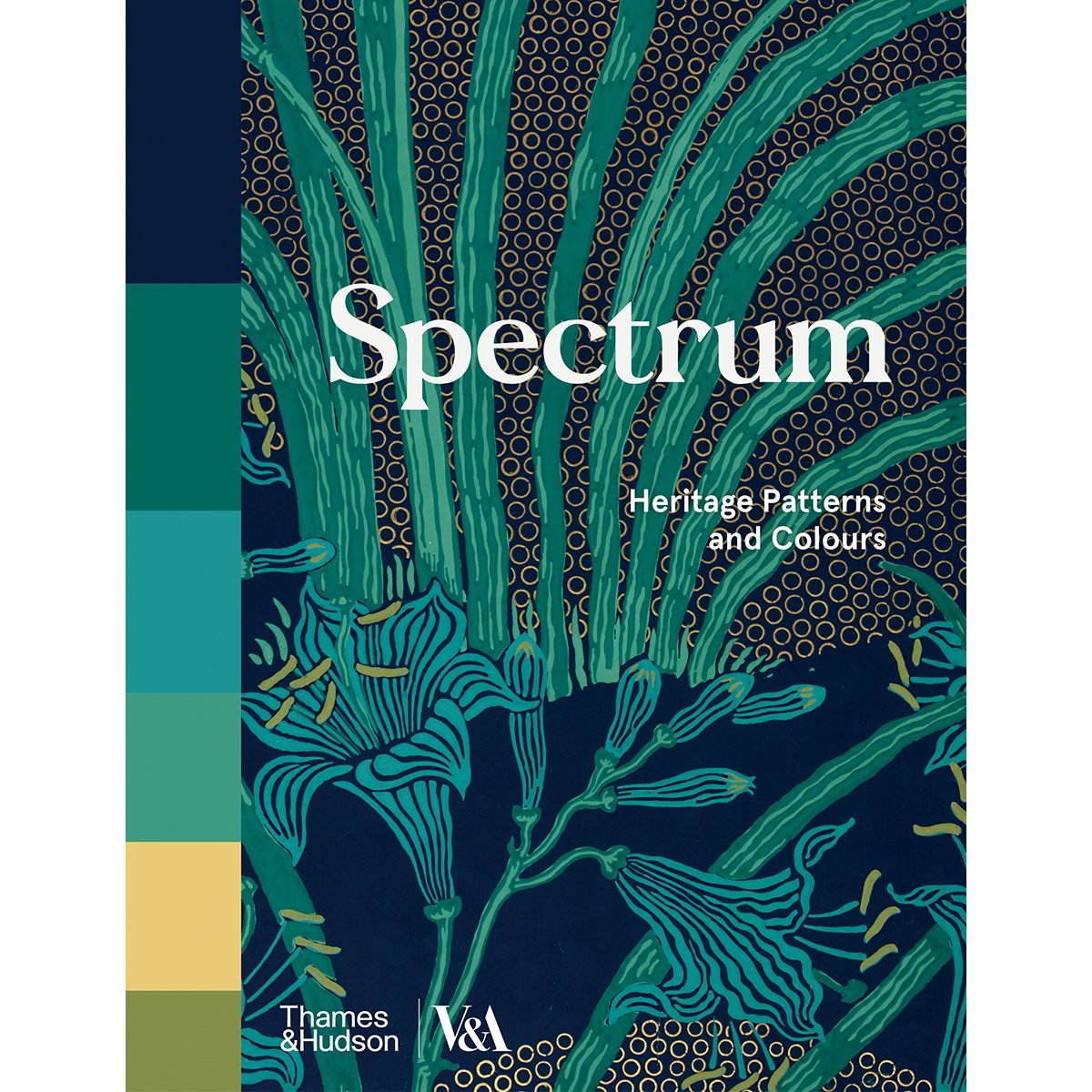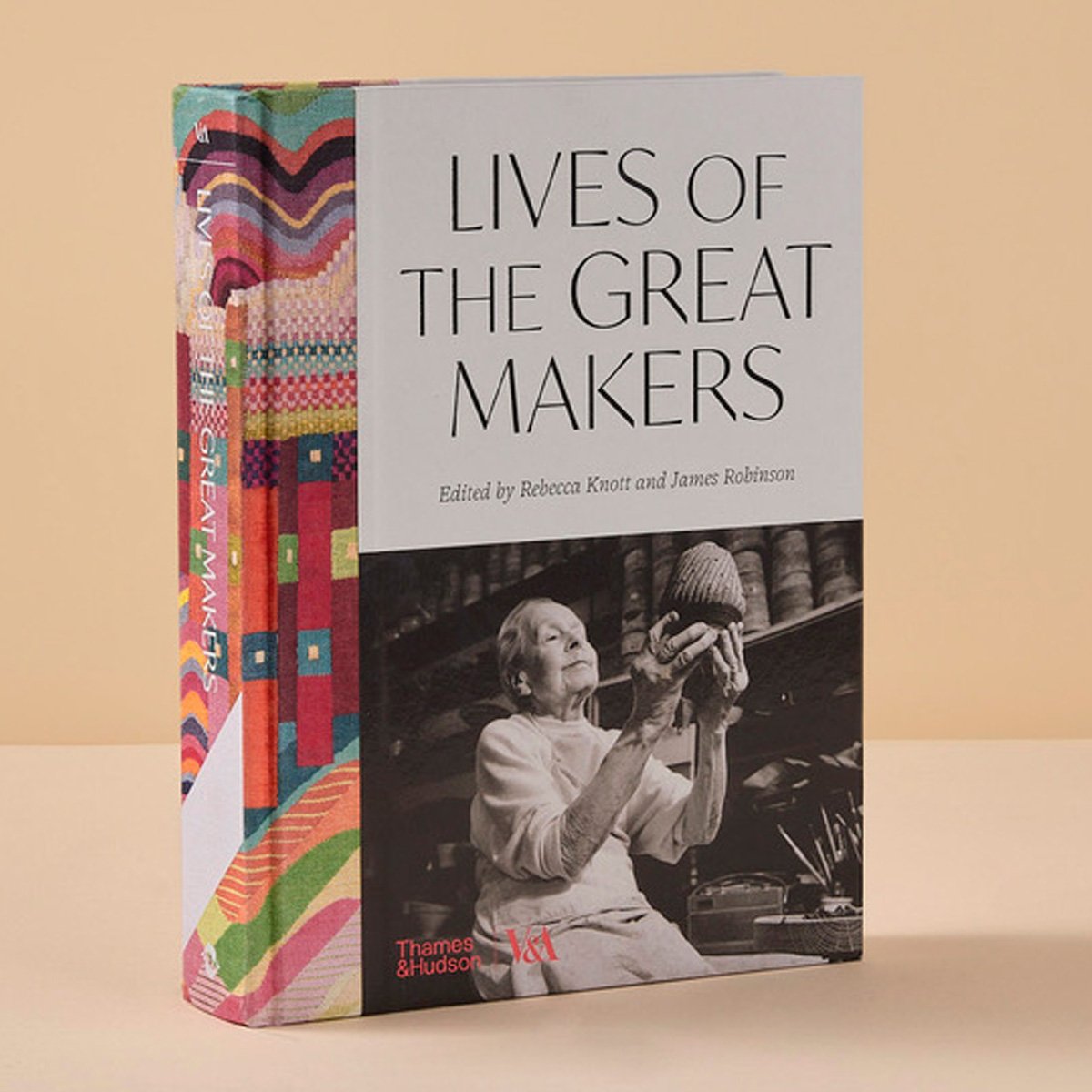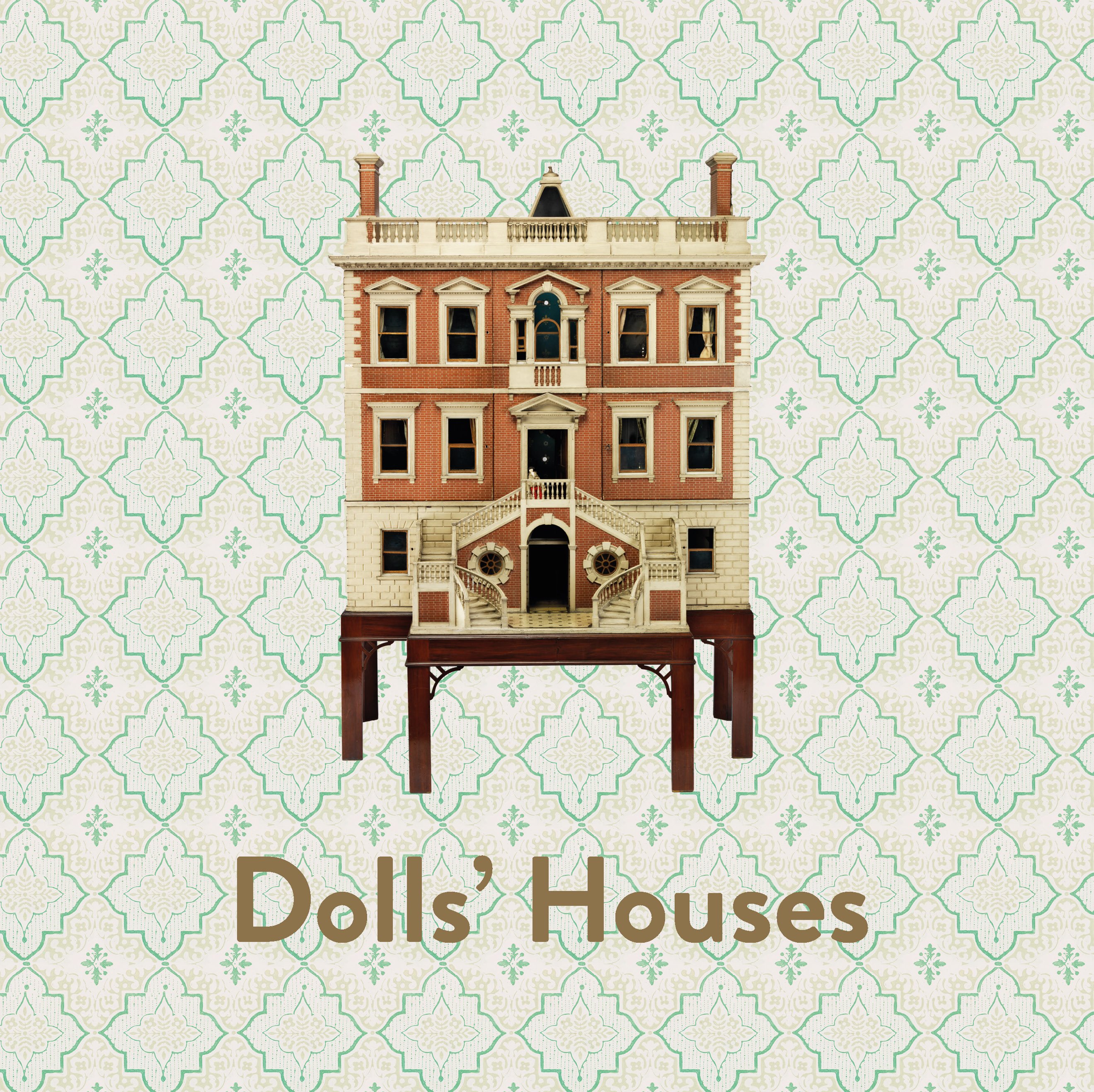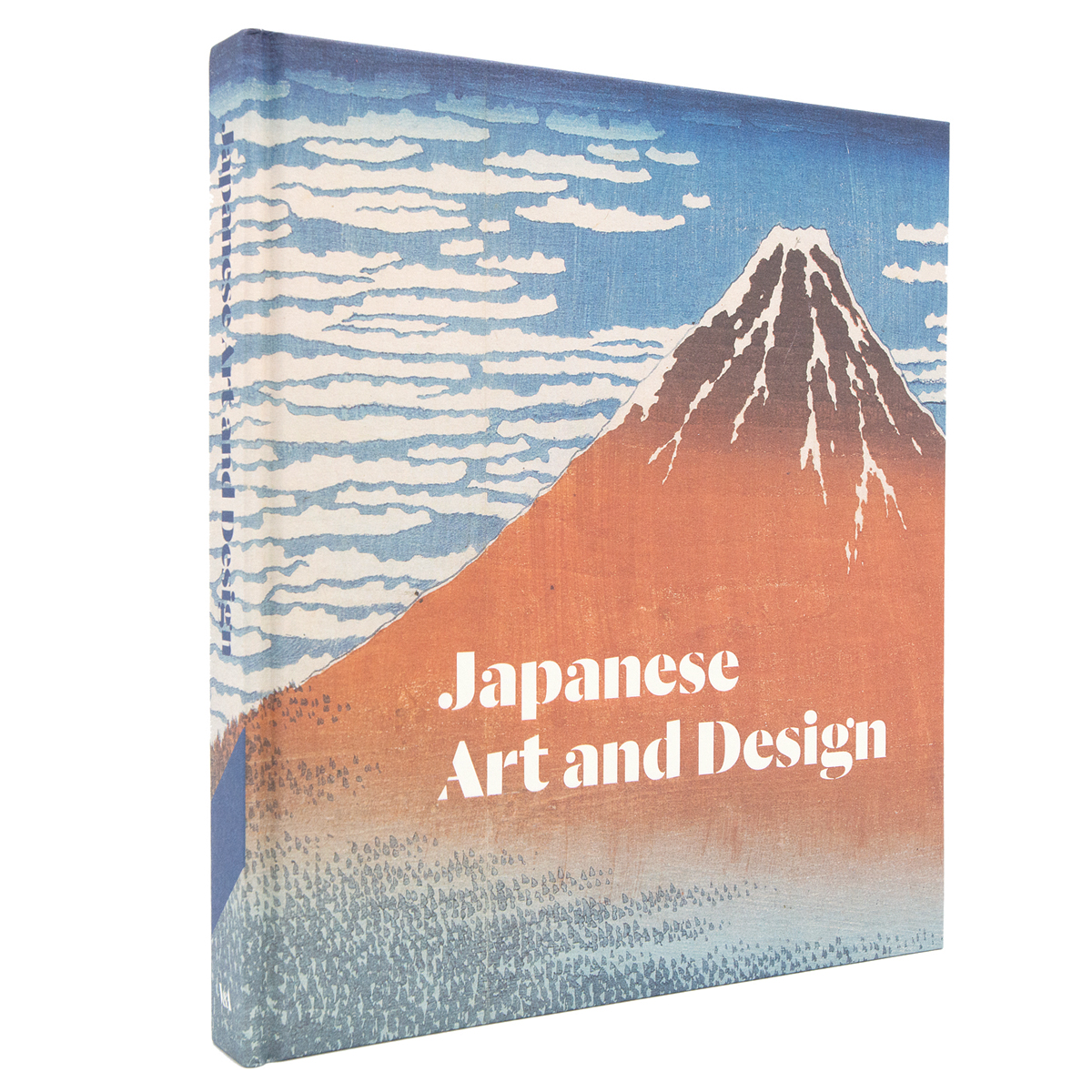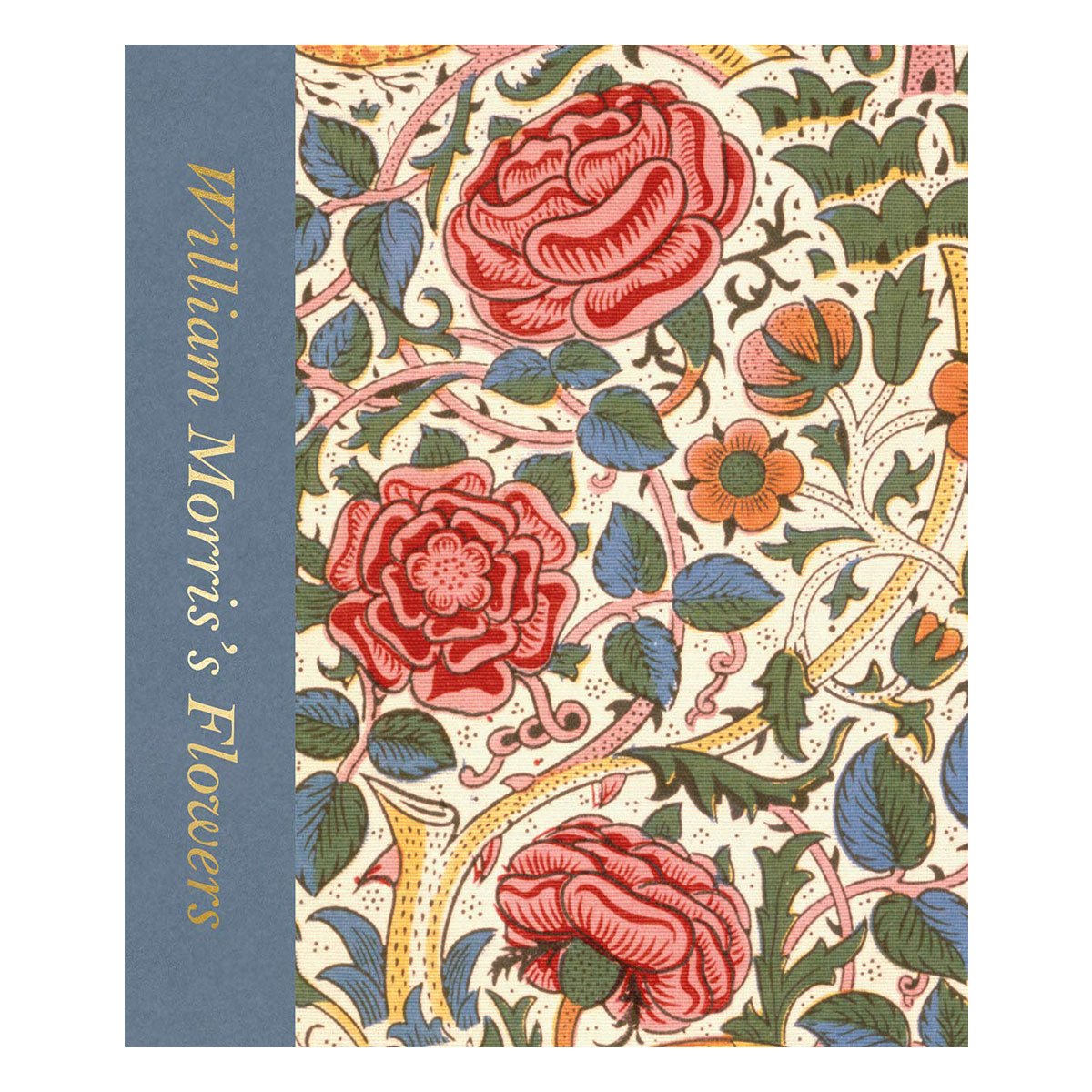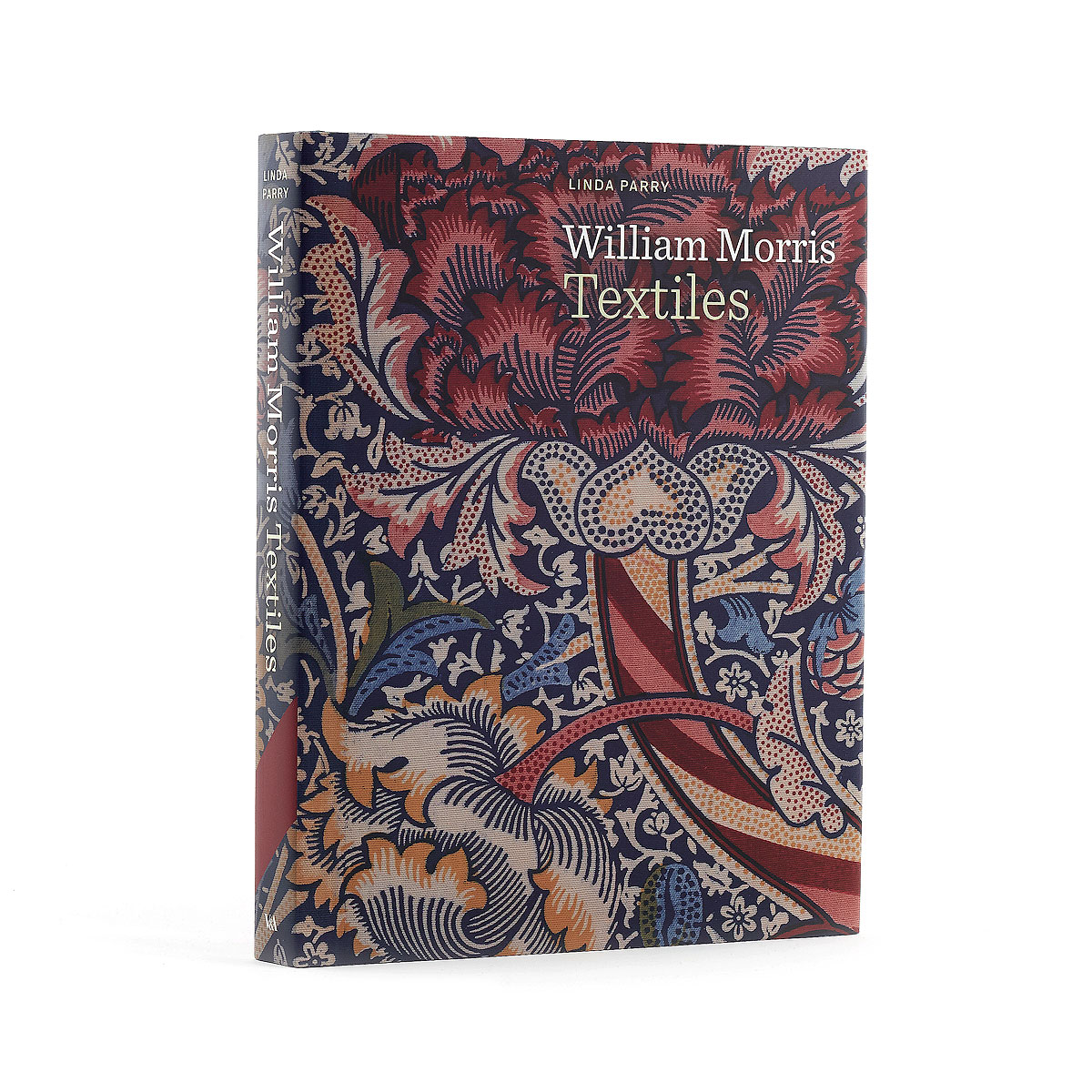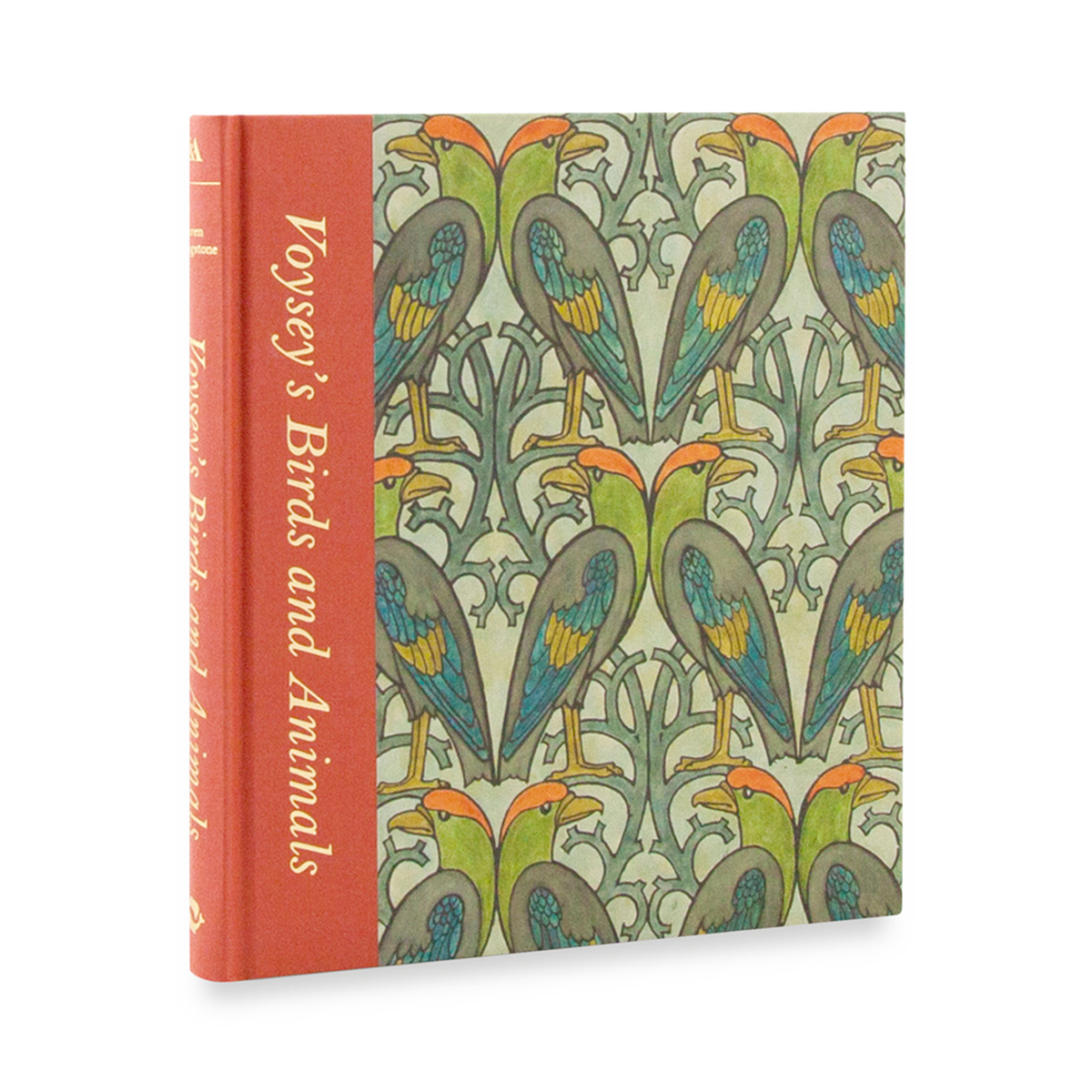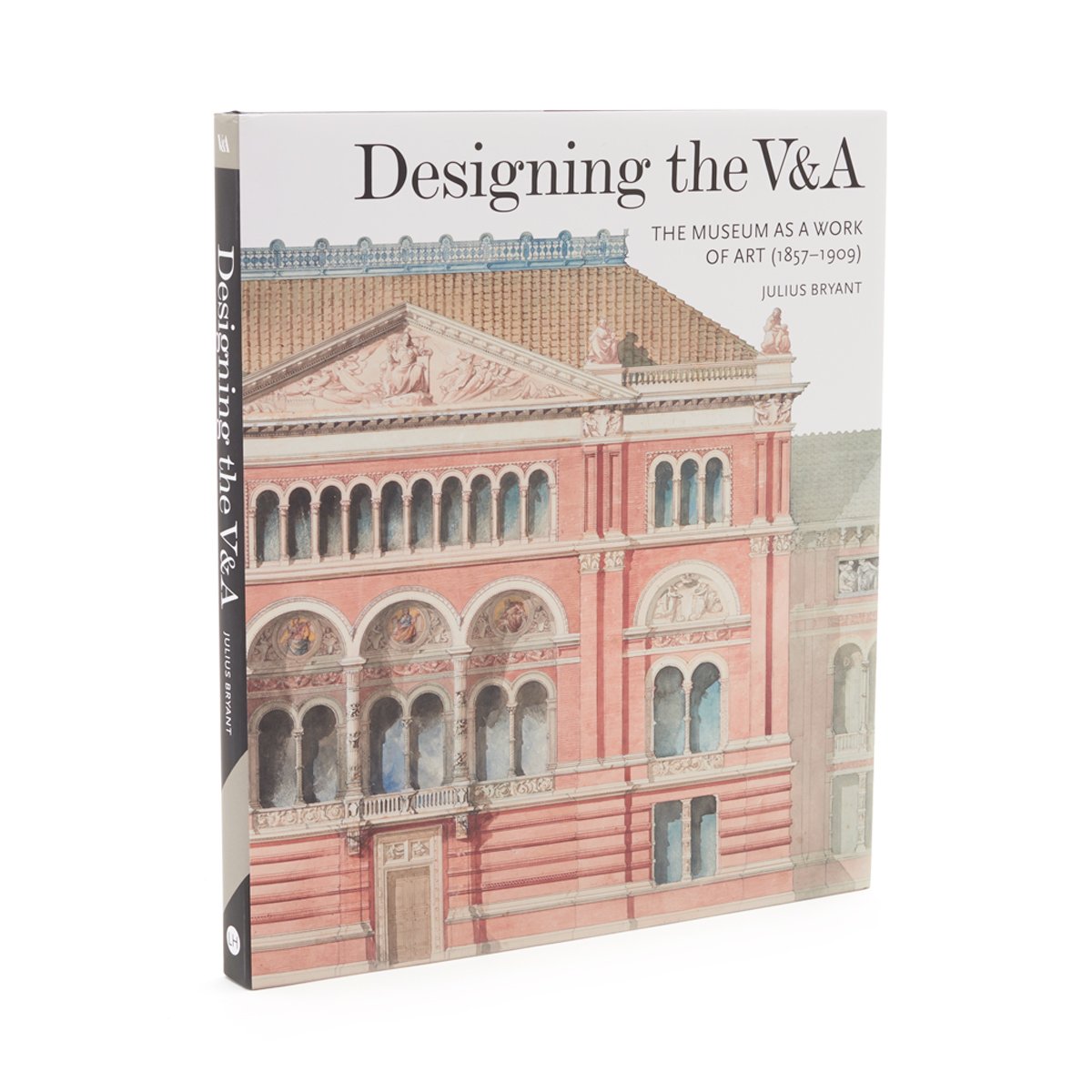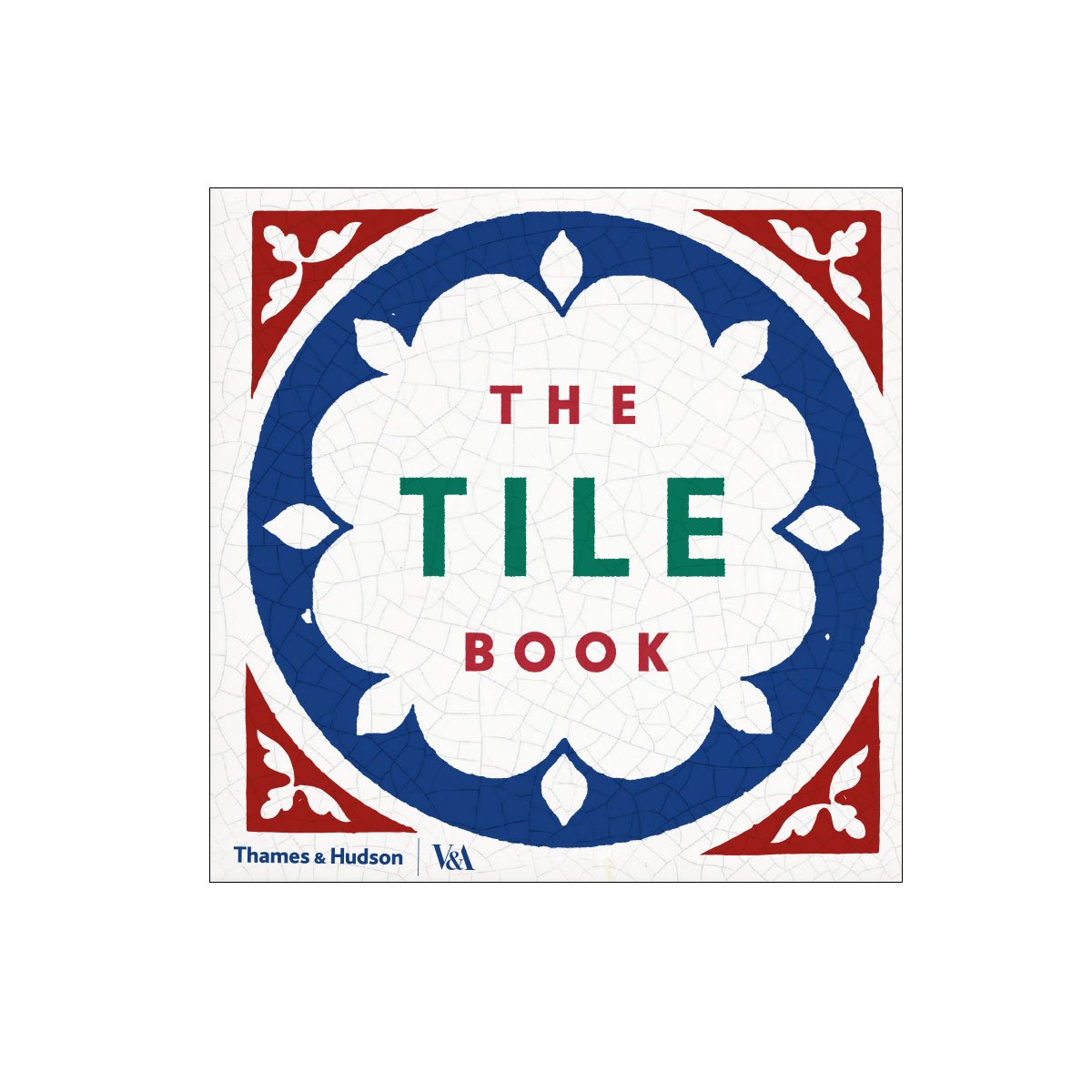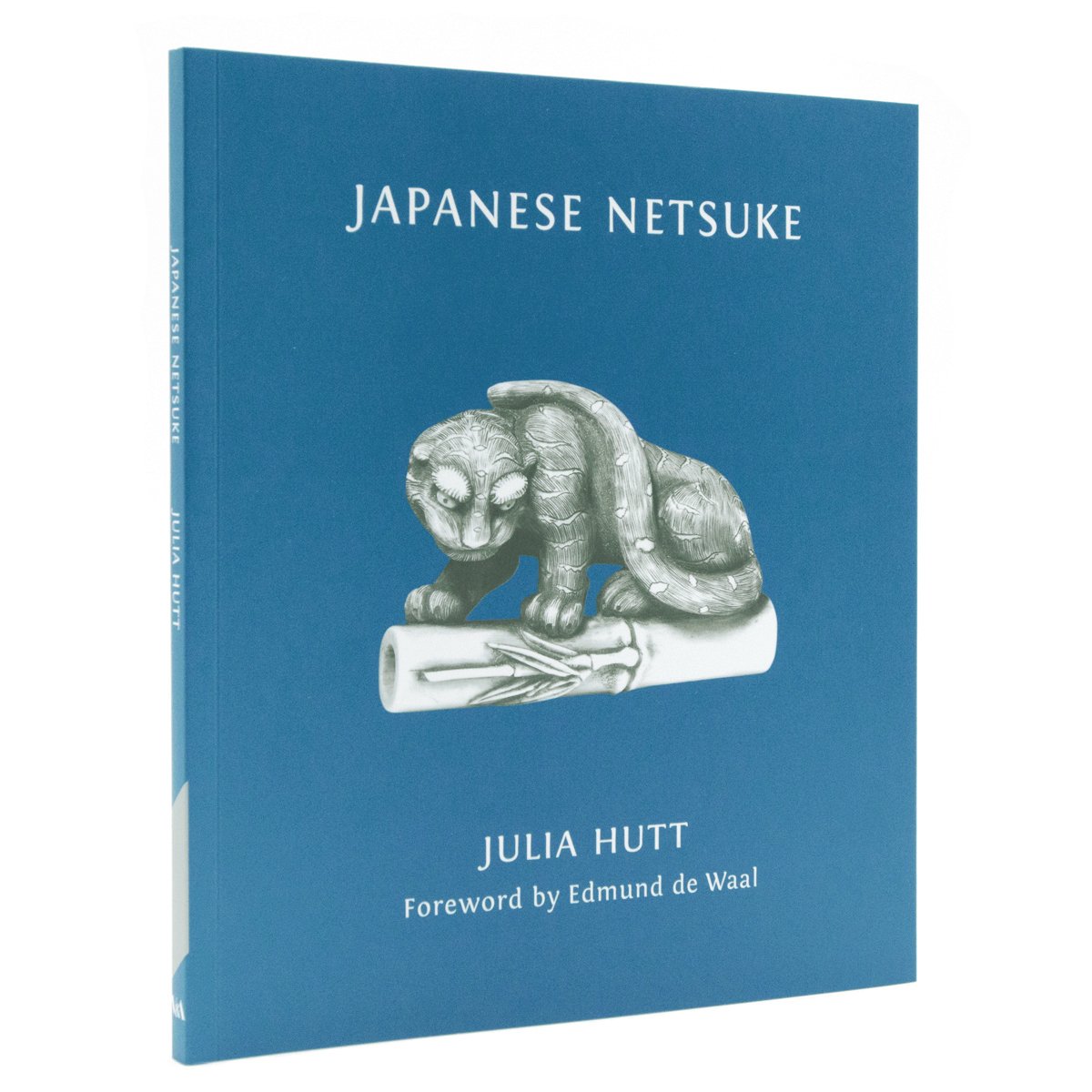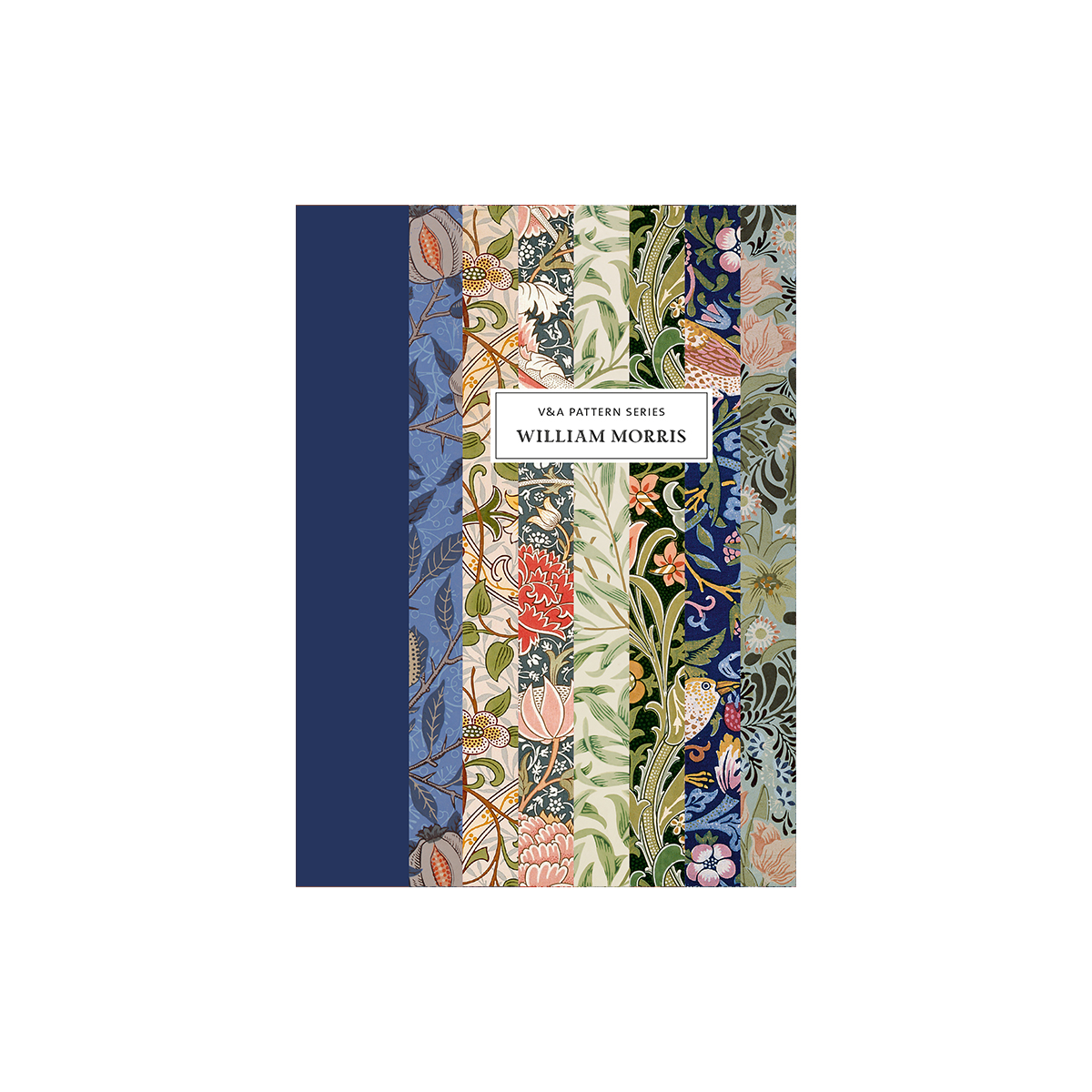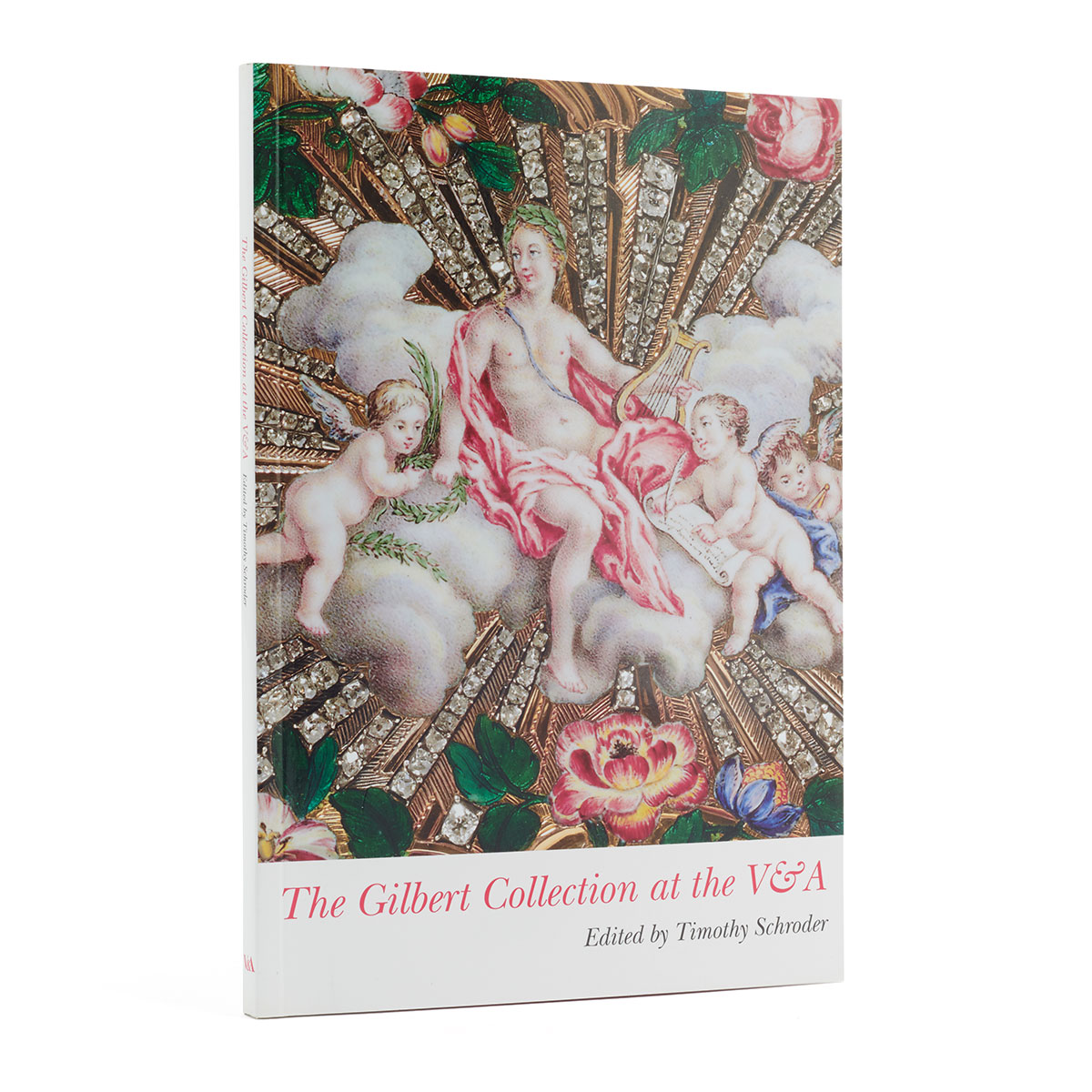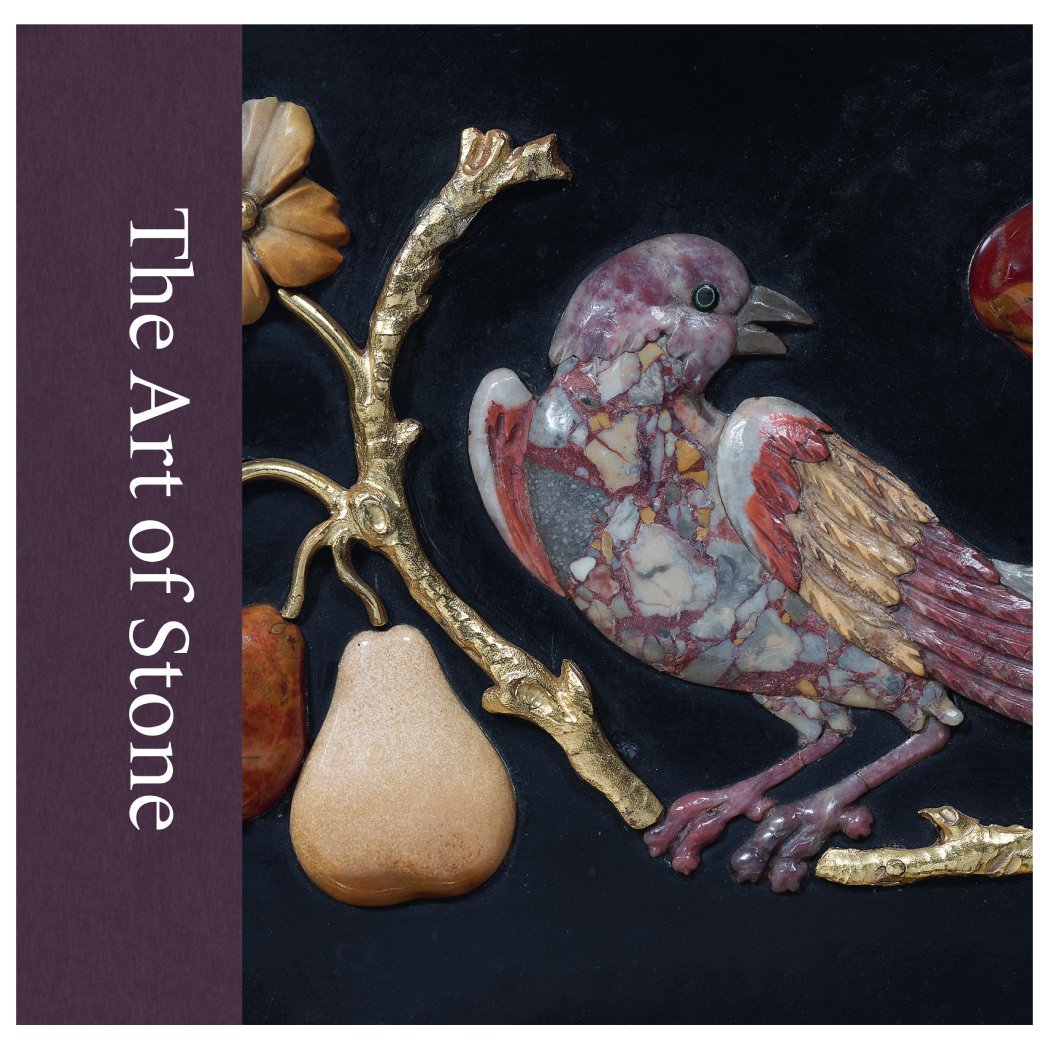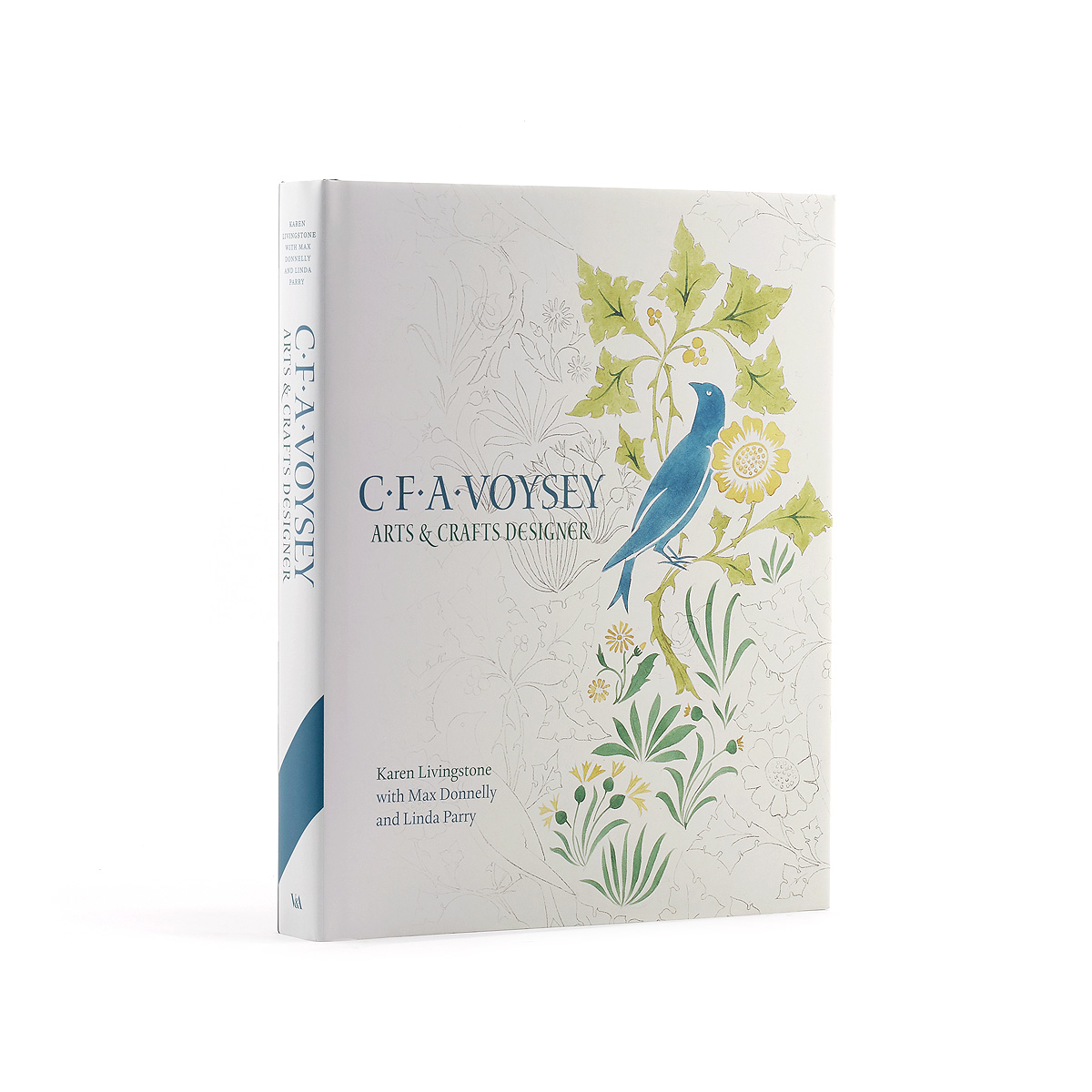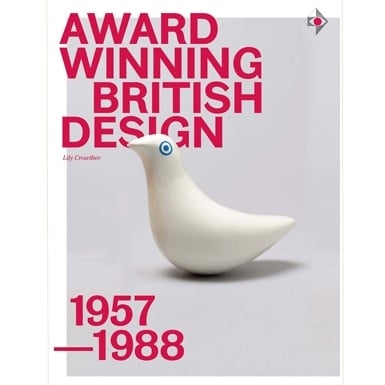
Stained glass
Our stained glass collection is one of the most comprehensive in the world, tracing the history, design, and technique of this unique art form from the 12th to the 21st century.
The collection is particularly strong in the Medieval and Renaissance period. Further highlights include 17th- and 18th-century painted glass, stained glass connected to the Gothic Revival and Arts & Crafts movements and works by 20th-century and contemporary artists and designers such as Patrick Reyntiens and Harry Clarke.
Features
-
Read

How was it made? Stained glass
Watch a medieval stained glass panel being reproduced using centuries-old techniques
-
Read

Stained glass: the Gothic Revival and beyond
How the Victorians revived the art of stained glass – laying the foundations for a modern take on decorated windows
-
Read

Sacred stained glass
Like huge and colourful picture storybooks, stained glass has been used to spread messages for centuries
Collection highlights
-
 King René's Honeymoon, panel, designed by Gabriel Dante Rossetti & Morris & Co., about 1863, LondonV&A South KensingtonOn display
King René's Honeymoon, panel, designed by Gabriel Dante Rossetti & Morris & Co., about 1863, LondonV&A South KensingtonOn display -
 Triumph of Death over the Clergy, panel, about 1520 – 1530, Normandy, FranceV&A South KensingtonOn display
Triumph of Death over the Clergy, panel, about 1520 – 1530, Normandy, FranceV&A South KensingtonOn display -
 October, roundel, about 1480, Norwich, EnglandV&A South KensingtonOn display
October, roundel, about 1480, Norwich, EnglandV&A South KensingtonOn display -
 Apparition of the Sacred Heart, panel, designed by Harry Clarke, 1918, Dublin, IrelandV&A South KensingtonOn display
Apparition of the Sacred Heart, panel, designed by Harry Clarke, 1918, Dublin, IrelandV&A South KensingtonOn display -
 Prophet from a Tree of Jesse, panel, about 1210 – 45, Champagne-Ardenne, FranceV&A South KensingtonOn display
Prophet from a Tree of Jesse, panel, about 1210 – 45, Champagne-Ardenne, FranceV&A South KensingtonOn display -
 Cross, panel, designed by Patrick Reyntiens, 1966, EnglandV&A East StorehouseView by appointment
Cross, panel, designed by Patrick Reyntiens, 1966, EnglandV&A East StorehouseView by appointment -
 Wild man and woman supporting the arms of Kyburg, panel, by Lukas Zeiner, about 1490, Zürich, SwitzerlandV&A South KensingtonOn display
Wild man and woman supporting the arms of Kyburg, panel, by Lukas Zeiner, about 1490, Zürich, SwitzerlandV&A South KensingtonOn display -
 Fragment, about 1420 – 1450, EnglandV&A East StorehouseView by appointment
Fragment, about 1420 – 1450, EnglandV&A East StorehouseView by appointment -
 Tower of Babel, panel, 1631, Zurich, SwitzerlandV&A South KensingtonOn display
Tower of Babel, panel, 1631, Zurich, SwitzerlandV&A South KensingtonOn display -
 Kindersymphony, window, designed by Frank Lloyd Wright, 1912, Illinois, USV&A East StorehouseView by appointment
Kindersymphony, window, designed by Frank Lloyd Wright, 1912, Illinois, USV&A East StorehouseView by appointment -
 Susannah and the Elders at the Well, roundel, designed by Pseudo-Ortkens, about 1520 – 1540, NetherlandsV&A South KensingtonOn display
Susannah and the Elders at the Well, roundel, designed by Pseudo-Ortkens, about 1520 – 1540, NetherlandsV&A South KensingtonOn display -
 Prophet Ezekiel flanked by Saints John the Evangelist and James the Less, window, by Thomas of Oxford, about 1393, Oxfordshire, EnglandV&A South KensingtonOn display
Prophet Ezekiel flanked by Saints John the Evangelist and James the Less, window, by Thomas of Oxford, about 1393, Oxfordshire, EnglandV&A South KensingtonOn display
V&A Shop
Header image:
Brownies, Oriel Window, designed by Selwyn Image, about 1895, England. Museum no. C.118-1984. © Victoria and Albert Museum, London

